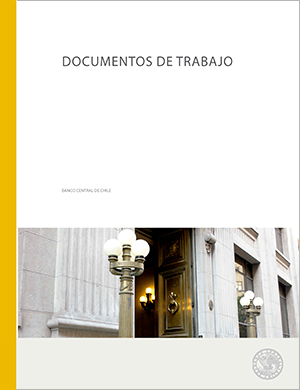Working Papers N° 54: Income Inequality and the Real Exchange Rate
Publications
Working Papers N° 54: Income Inequality and the Real Exchange Rate
Autor: Pablo García - Consejero
Description
In this paper I explore the effect of income inequality on the real exchange rate. I consider a version of the Salter-Swan model, where income inequality affects the real exchange rate through two general equilibrium channels: (i) the aggregation of individual demands derived from nonhomothetic preferences; (ii) the workings of Samuelson-Balassa through the effect of inequality on the aggregation of human capital. If demand for non traded goods has an expenditure elasticity greater than one, and if tradables production is relatively intensive in human capital, then inequality has a non-monotonic effect on the level of the real exchange rate. Empirically, I find a strong relationship in levels between inequality and the bilateral real exchange rate. This partial correlation is large, significant, and positive in the case of within estimation and negative in the case of between estimation. I relate this finding to the expected short and long run effects of inequality on the real exchange rate, and the role factor endowments play in real exchange rate determination. I discuss the relationship of this fact with other strands of the literature, like the determinants of inequality, the effect of inequality on growth and the relevance of Samuelson-Balassa.
Working Papers N° 54: Income Inequality and the Real Exchange Rate
Boxes and graphics

